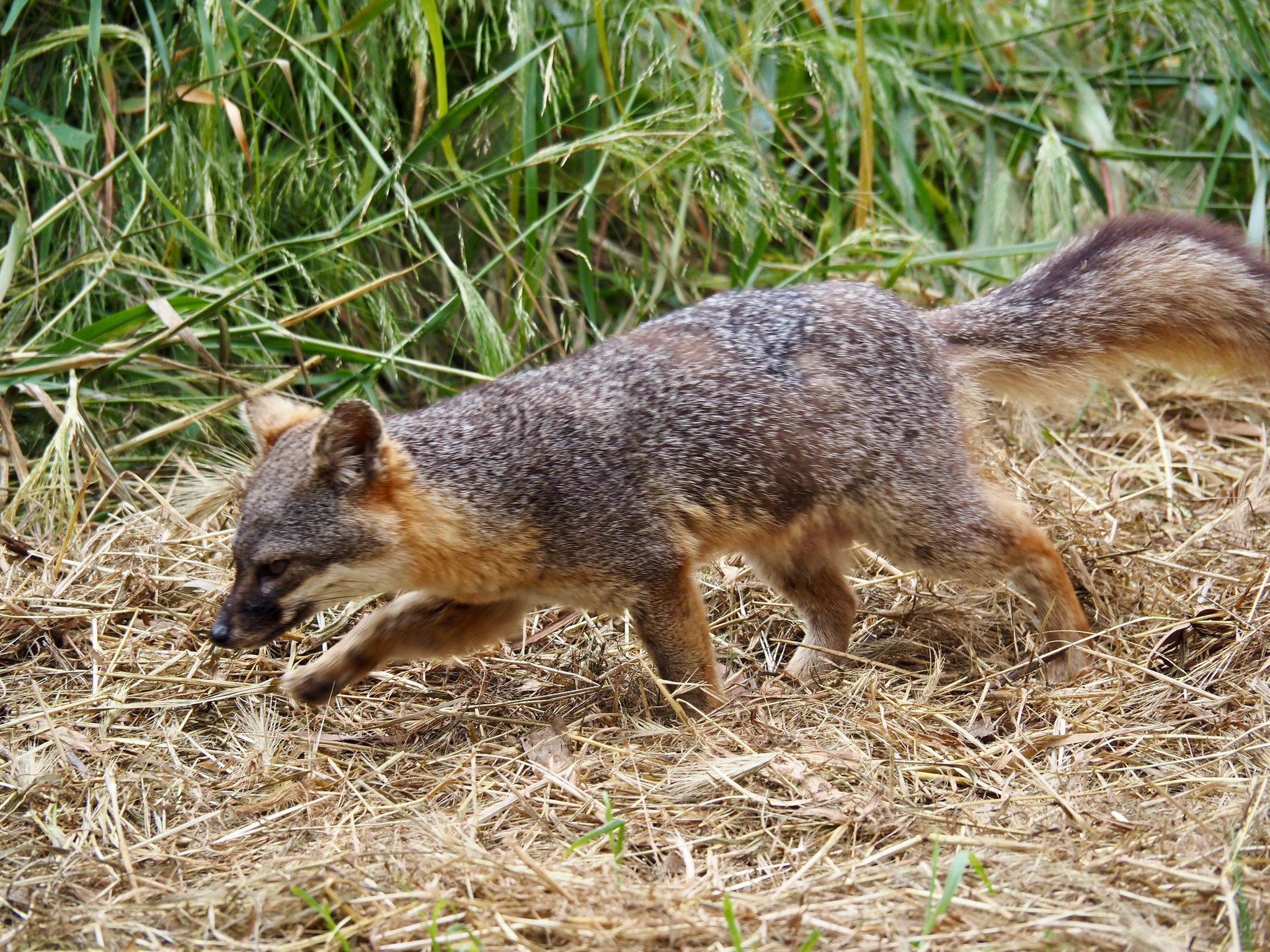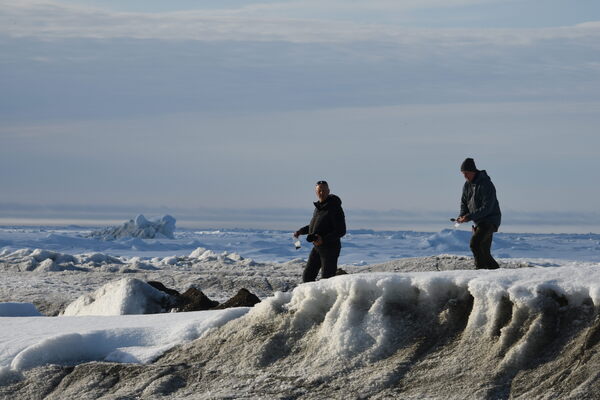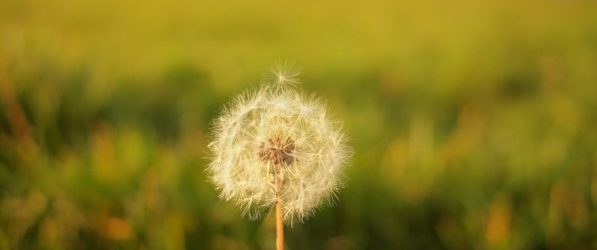
Molecular natural history: The Channel Island foxes
Molecular Natural History is a series of posts highlighting what population genetic data has revealed about some of my favorite organisms. There’s no rhyme or reason to what species I’ll feature for this, beyond the fact that they’ve made me stop and look closer when I see them along a trail or in my neighborhood, and I need to find at least a little interesting research addressing their molecular ecology.
California’s Channel Islands, an archipelago tucked into the bight formed by concave coastline between Conception and San Diego, are home to a long list of endemic flora and fauna. Of these, the Channel Island foxes, Urocyon littoralis, are arguably the most charismatic — and unquestionably the cutest. They are sister species of the gray fox, and have very similar coloration, but they’re as little as half the size, or a third of the mass, of their mainland congener. It’s not unusual for animals to evolve dramatically smaller (or greater) body size on isolated islands, and the Channel Island foxes provide a case study of the phenomenon within an hour’s boat-ride from Los Angeles.
I’ve been to two of the Channel Islands in a half-dozen years living in Southern California, but I’ve only seen Channel Island foxes on Santa Cruz, the largest of the islands protected in Channel Islands National Park. The Santa Cruz foxes have very little fear of humans, and despite being smaller than house cats, they are the largest terrestrial predator on the island. A dozen or so of them have the run of the National Park campground at the eastern end of the island, and spending two nights there was, truly, like camping in a cat café.























